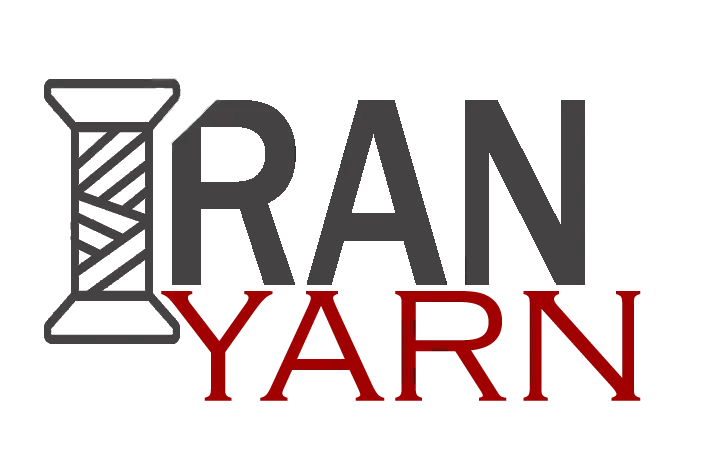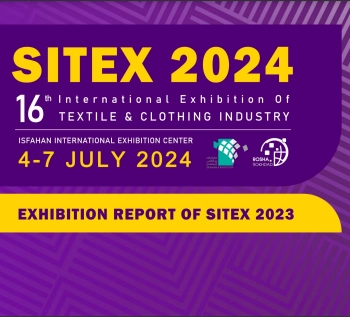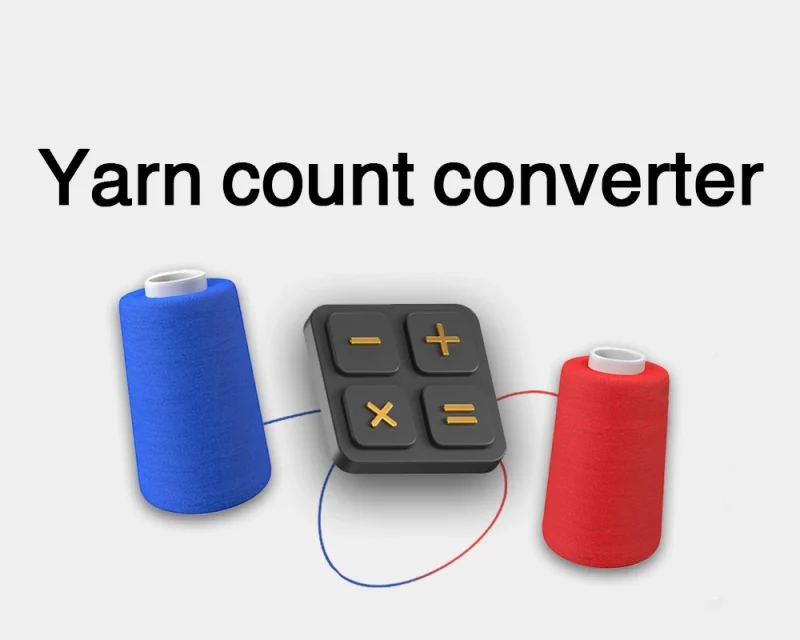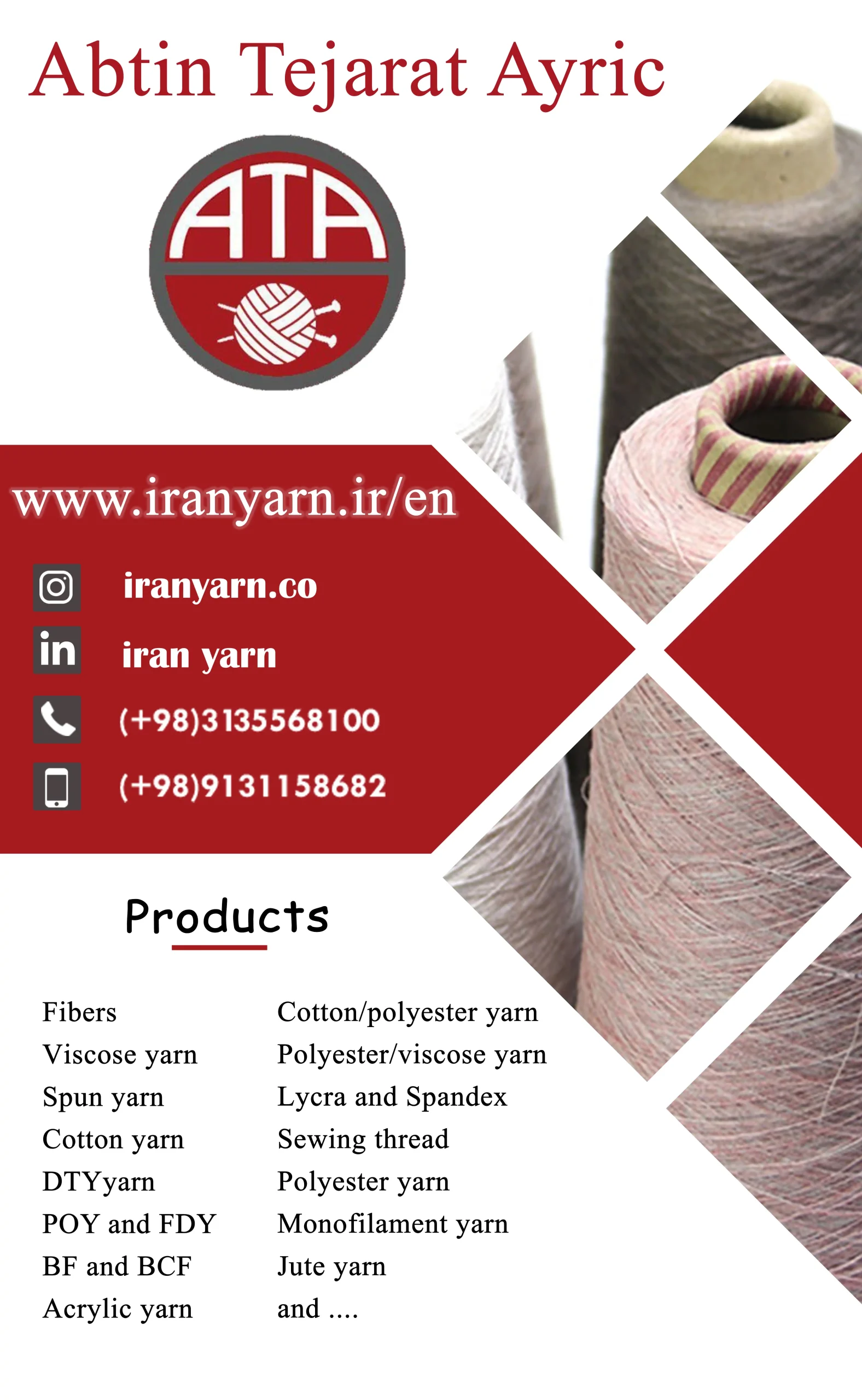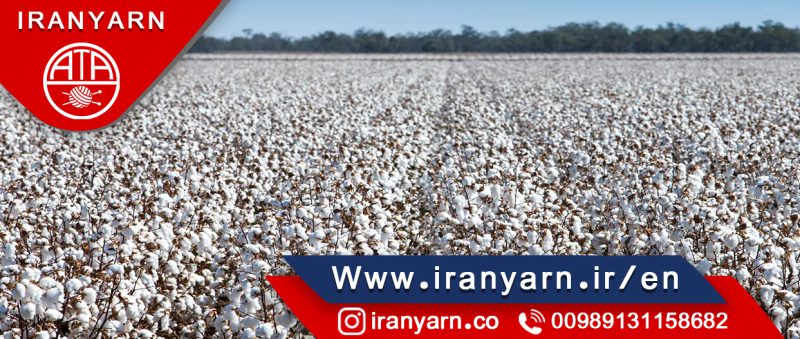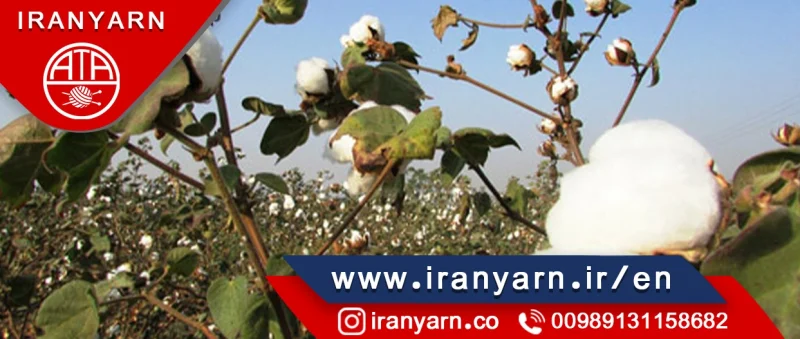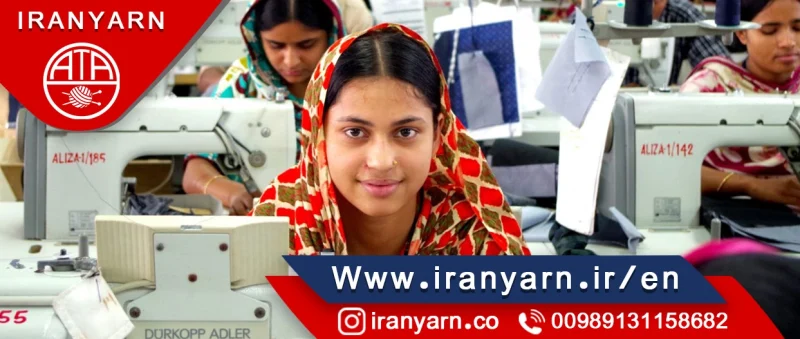What is Viscose Yarn
Viscose fiber is made from purified cellulose, it is produced from specially processed wood pulp. Viscose is very similar to cotton and silk . It is a fine and soft material commonly used in t-shirts , tunics , shirts and dresses ,all of them ,includes cellulose. There are two kinds of fibres: natural (cotton, wool and silk) ; and artificial ones synthesised out of petrochemicals (nylon and polyester).
Content
What is Viscose Yarn
Viscose raw material for viscose is cellulose which is broken down either mechanically or chemically and reformed as fibres. Actually Viscose seems in between but it is commonly accepted that Viscose fiber is natural.Viscose fibre is gained by the process of the special wood. Viscose is produces from wood pulp. Viscose is a viscous organic liquid used to make rayon and cellophane. Cellulose from wood or cotton fibers is treated with sodium hydroxide, and then mixed with carbon disulfide to form cellulose xanthate, which is dissolved in more sodium hydroxide.
Viscose yarn is yarn made from a cellulose base. It has a number of properties including a high tensile strength that can make it suitable for knitting and crocheting projects. It may also be labeled as rayon or viscose rayon yarn; viscose is actually the processed cellulose base used to make rayon, and is not itself a fiber. Viscose rayon was the first manufactured fiber. It is not synthetic like polyester, because it is made from natural materials, but it is heavily processed. There are several production techniques used to turn viscose into rayon. The finished product has a high sheen, is very soft, and is also quite strong. However, viscose can also be brittle, is prone to pilling, and needs to be washed with care to avoid scratching or otherwise damaging the fibers. One advantage to viscose yarn is that rayon takes dyes very well, allowing knitters and crocheters to work with a wide variety of colors. The sheen usually carries through, leaving colors deep and brilliant. In addition, the fiber retains dyes and should stay bright and colorful throughout the life of the products made with it. Crafters who want to work with bold, colorfast yarns may choose this yarn for their projects. A key disadvantage of viscose yarn is that it doesn't have the elasticity associated with many other fibers. This can make it challenging to work with for people who are unfamiliar with the fiber. The lack of elasticity can also make gauging challenging for knitters. Crafters who have not worked with this yarn before may want to try a small test project with the yarn to familiarize them with it.
It is possible to blend rayon with other fibers. A number of companies produce rayon blends with cotton, silk, linen, polyester, and other fibers. Blends bring out the best qualities of the two or more fibers involved. Viscose yarn is available in multi-stranded versions that can integrate metallic threads and it is also available in the form of ribbon and other novelty yarns. As with other yarns, it is advisable to buy all the yarn needed for a project at once and to confirm that it is all from the same dye lot. This will reduce the risk of subtle color variations that might ruin a finished project.
History of Viscose (Rayon)
There are different kinds of rayons, and most of them are highly absorbent, easy to dye, soft on the skin and became very popular when it was first produced. Viscose (commonly known as Rayon), was made to substitute for the expensive silk.First manufacturer is an American Company Avtex Fibers Inc. They made first production in 1910. Viscose material is softer than cotton and more springy than silk. Viscose is comfortable to wear There are two types of fibers, they are called naturals and artificials. Natural fibers are cotton, wool and silk and artificial are synthesized with petrochemicals like nylon and polyester. Even it is considered to be synthetic, it is not, it is made from tree cellulose. Mr.Georges Audemars developed the first rayon fibre around 1855, but his method was impractical for commercial use. Hilaire de Charbonnet, Comte de Chardonnay, patented “Chardonnay silk” in 1884, but it was so flammable it had no safe use. Finally, in 1894, Charles Frederick Cross, Edward John Bevan, and Clayton Beadle patented the first safe and practical artificial silk, which they named “viscose”. Avtex Fibers Incorporated began selling their formulation in 1910 in the United States. The resulting viscose is extruded into an acid bath either through a slit to make cellophane, or through a spinneret to make rayon. The acid converts the viscose back into cellulose. It is used widely & in huge demands owing to its special characteristics like: • High strength • Low moisture retention • Best suitable for highly developed machines that are used in textile industry Viscose is a unique form of wood cellulose acetate that can be used for the manufacture of a number of different types of products. Viscose can also be made into the more common form of rayon that is used for many types of textile products, including clothing. Viscose rayon has a silky appearance and feel, and also has the ability to breathe in a manner similar to cotton weaves. One of the more popular properties of viscose rayon is that the fabric tends to drape very well, which makes it ideal for use in simple curtains, as well as the perfect fabric to line more formal draperies. Viscose is also being used for linings and furnishing fabrics; providing the staple for towels and table-cloths and was being made into high tenacity yarn for tires. Yet other uses included the manufacture of sponges and absorbent cloths.For the International business likes imports & export, we have strong network in China, Taiwan, Korea, Malaysia, Thailand, Indonesia, Mexico, Spain, Italy & various other countries for Polyester Yarns & Its Subproducts. We have consistent monitoring of markets & providing valueable feedback to our valueable customers.
Viscose Filament Yarn
Viscose Filament Yarn (VFY) is a natural yarn made from Wood pulp or cotton pulp. It is obtained from nature & so is a natural product (not synthetic). Viscose Filament Yarn is also known as Rayon Yarn or Rayon Filament Yarn. Owing to the silky appearance & feel, VFY can be used to make fabrics for clothing and home textiles. Due to its feature of ability to breather & absorb liquid, it can be used in making soft smooth fabric for clothing. It is also widely used to make Viscose Embroidery Thread.
Viscose Embroidery Threads
Viscose Embroidery Thread is made from Viscose Filament Yarn (VFY), which is a natural yarn made from Wood pulp or cotton pulp. It is obtained from nature & so is a natural product. Today, viscose embroidery thread is used widely in embroidery works on all types of fabrics & clothes. It is accepted & used world-wide due to its special features like long lasting shine, hygienic as it is made from nature, brightness & soft feel.
Viscose Staple Fibre
Viscose Staple Fiber (VSF), a natural, bio-degradable fiber with characteristics somewhat similar to cotton is obtained from wood pulp or cotton pulp. As an extremely versatile and easily blendable fiber, VSF is widely used in apparels, home textiles, dress material, knitted wear and non-woven applications.
Viscose Spun Yarn
Fabrics for clothing & home furnishings like bed-sheets, curtains and decorative can be made from Viscose Spun Yarn. It is available in counts like 20s, 30s, 40s, etc in 1ply or 2ply. Dyed Yarn is also supplied in double and multifold yarns in raw white, optic white, black, grey, red, blue, and yellow color.
